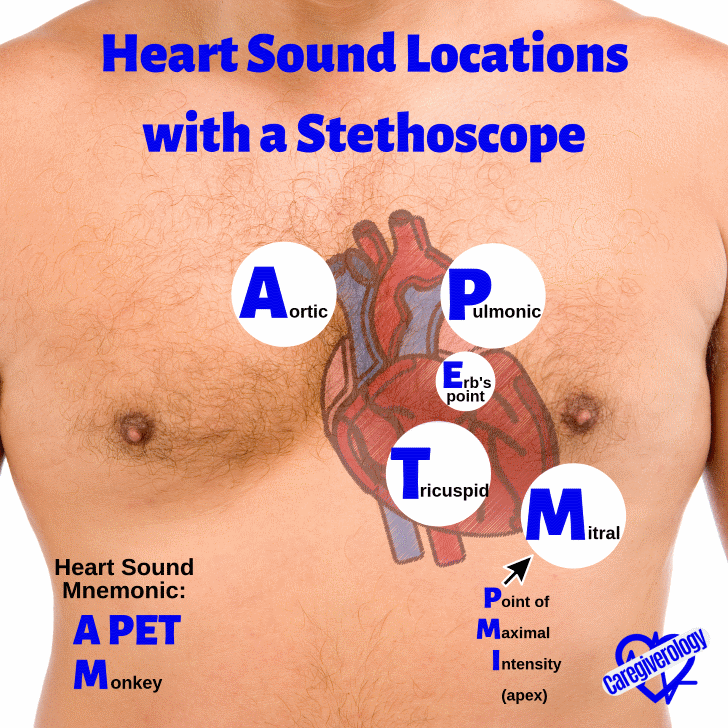
Young animals (< 6 months of age) can have functional heart murmurs in absence of cardiac disease in other situations. In contrast, note that if blood viscosity is increased, a murmur may be masked. These murmurs are usually low grade (< grade 3).

Not always A few examples of murmurs existing without cardiac disease:įunctional or physiologic murmurs can be associated with low blood viscosity (anemia, hypoproteinemia) instead of actual cardiac disease. patent ductus arteriosus, PDA)Īre murmurs always due to cardiac disease? Connections between the great vessels (i.e.interatrial and interventricular defects holes) Connections between the cardiac chambers (i.e.Blood flow turbulence can be created by high-velocity flow, flow from a narrow region into a larger area, or low blood viscosity.Ĭauses of turbulence associated with heart disease:.Heart murmurs occur as a result of turbulence within the heart created by disturbed blood flow.Heart murmurs are abnormal, extra sounds that are of a relatively long duration.If there is an extra heart sound in addition to S1 and S2, it is abnormal and often a gallop sound (see below).It is difficult to distinguish between S3 and S4 in small animals.Third and fourth heart sounds, S3 and S4: Timing of normal heart sounds in relation to the EKG. This sound signals the end of ventricular ejection and occurs corresponding to after the end of the T wave on an accompanying ECG. With respect to timing: is associated with closure of the semilunar valves.This sound signals the onset of systole and correlates in timing with the QRS of the accompanying ECG.

With respect to timing: is associated with closure of the AV valves.Normal Heart Sounds (S1 and S2) First heart sound, S1: Listen to provided sound clips on Courselink to be introduced to normal versus abnormal heart sounds (murmurs or varying intensities, arrhythmias).Understand basic physiology of abnormal heart and lung sounds.Begin to develop familiarity with normal and abnormal heart and lung sounds.Use proper stethoscope positioning and relevant anatomy to detect normal heart sounds.

Describe what S1 and S2 are in relation to heart sounds.


 0 kommentar(er)
0 kommentar(er)
